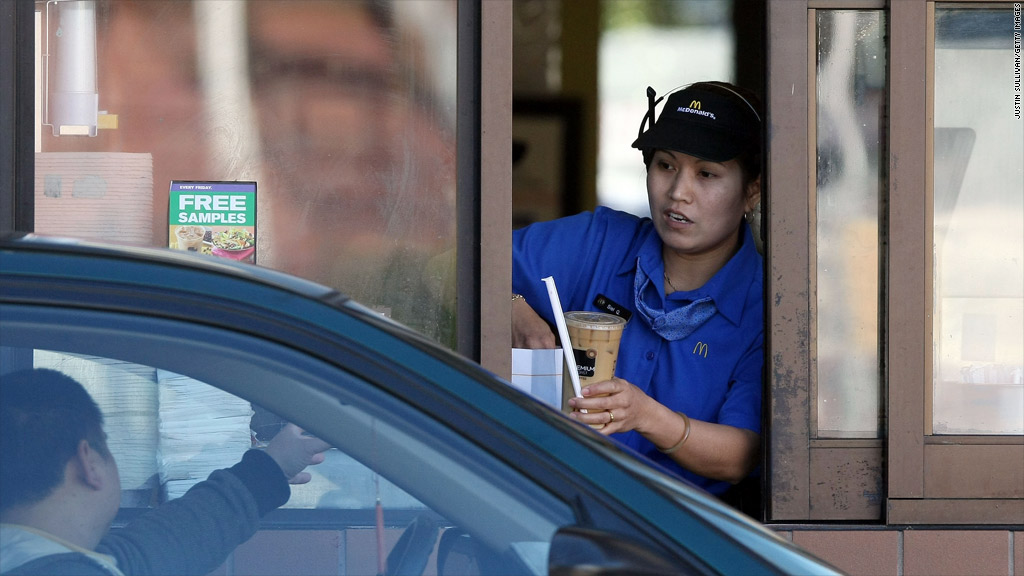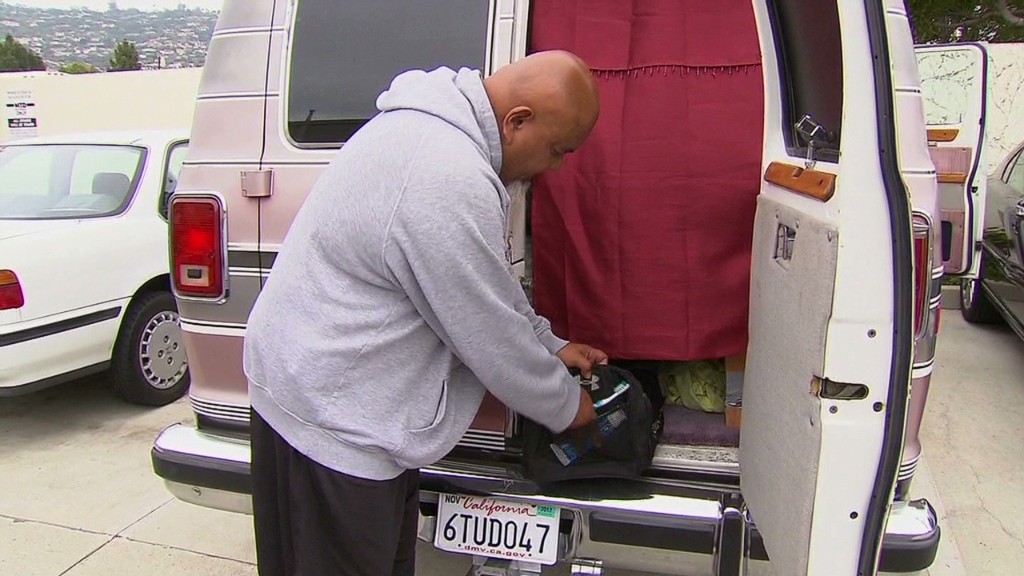
The drop in the unemployment rate in August isn't particularly good news for the economy -- it's driven mostly by nearly 400,000 people dropping out of the labor force, rather than more people finding jobs.
But those dropping out aren't so much the discouraged 30-, 40- or 50-year olds. In fact, the Labor Department said there was a modest decline in the overall number of discouraged job seekers.
The drop is because so many young adults, aged 16 to 24, are no longer looking for work.
There were 453,000 fewer young adults with jobs in August than in July. But despite that plunge, only 27,000 more young people were looking for new jobs. Most apparently stopped looking and left the labor force. And those numbers take into account seasonal factors such as younger workers returning to school.
As a result, the percentage of young people who are counted in the labor force fell to its lowest level since 1955.
The unemployment rate for young adults rose to 16.8% from 16.4% in July.
"I don't think they're more lazy. It's that there are less opportunities for them," said Heidi Shierholz, labor economist, at the Economic Policy Institute, a liberal think tank. "They have it rough."
But how can the overall unemployment rate fall if people aren't finding work?
Fewer job seekers can drive down the unemployment rate even if there are fewer people working because the labor department only counts those with a job or actively looking for work as in the labor force. If the size of the labor force declines more than the number of people who say they have jobs, the unemployment rate can fall for the wrong reason. That's what happened in the August jobs report, as the overall unemployment rate fell to 8.1% from 8.3%.
Related: Check the unemployment rate in your state
But there was some good news buried in an otherwise unsatisfying drop in the overall unemployment rate -- things got a bit better for older workers, the key wage earners in the economy.

Slightly more workers in the prime 25-55 year old age group had jobs in August. In fact, the unemployment rate for that key age group fell from 7.2% to 7.1%. And it fell for the right reason -- more people finding work. The unemployment rate also fell for those age 55 and over.
"There is some modest improvement for 'grown ups,'" said Shierholz.



